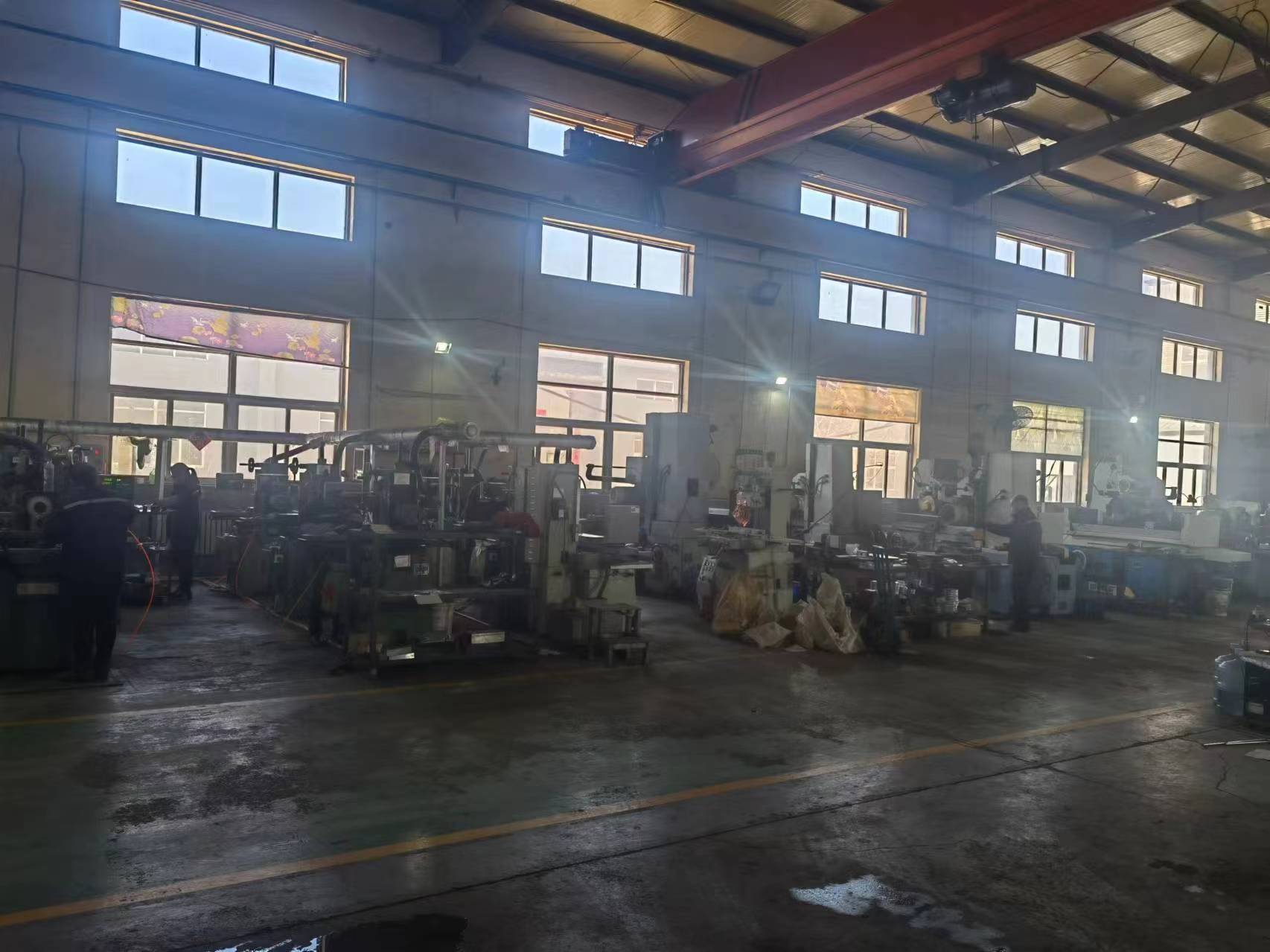Aug . 05, 2024 20:53 Back to list
High-Performance Pressure Relief Check Valve for Efficient Fluid Control and Safety Mechanisms
High Pressure Check Valve An Overview
In various industrial applications, ensuring the efficient flow of fluids while preventing backflow is a critical need. One of the key components used to achieve this is the high pressure check valve. These valves play a vital role in maintaining the integrity of systems that operate under high-pressure conditions, making them indispensable across numerous sectors, including oil and gas, chemical processing, and water management.
What is a High Pressure Check Valve?
A check valve, commonly known as a non-return valve, is designed to allow fluid to flow in one direction only. A high pressure check valve, as the name suggests, is specialized for use in systems that operate at elevated pressures, typically above 150 psi. These valves are engineered to withstand the harsh conditions that accompany such pressures, ensuring both safety and reliability.
Functionality and Mechanism
The primary function of a high pressure check valve is to prevent fluid from flowing back into the system. This is crucial in preventing potential damage, contamination, and inefficiencies that can arise from backflow. The common mechanism used in check valves is a flap or disk that opens with forward flow and closes when there is reverse flow. The closing action is typically aided by gravity or a spring mechanism, depending on the design of the valve.
Types of High Pressure Check Valves
There are several types of high pressure check valves, including
1. Swing Check Valves These utilize a swinging disk that opens when fluid flows in the correct direction and swings closed when back pressure is detected. They are effective for large diameters but may require more space.
2. Lift Check Valves Utilizing a moving piston or disc that lifts off its seat when forward flow occurs, lift check valves are ideal for high-pressure applications and can offer less pressure drop compared to swing check valves.
high pressure check valve

3. Ball Check Valves These employ a ball that sits in the valve seat. When forward flow occurs, the ball is pushed away from the seat, allowing flow. When backflow attempts to occur, the ball is forced back into the seat, preventing reverse flow.
Applications
High pressure check valves are used in a multitude of applications where backflow prevention is essential. In the oil and gas industry, for instance, they are crucial in pipeline systems to ensure that product integrity is maintained during transport. In chemical processing, these valves help in safeguarding sensitive processes by preventing corrosive substances from flowing back, which could lead to safety hazards or equipment damage.
In water and wastewater treatment facilities, high pressure check valves are essential in pump discharge applications, ensuring that treated water does not flow back into the treatment process, thereby maintaining system efficiency.
Benefits
Utilizing high pressure check valves brings several advantages to industrial operations
- Safety By preventing backflow, these valves reduce the risk of system failures that can lead to spills or explosions in high-pressure systems. - Efficiency They maintain consistent flow in a controlled direction, optimizing the performance of pumps and other equipment. - Durability Designed to withstand high pressures, these valves typically have a longer lifespan and require less frequent replacements.
Conclusion
High pressure check valves are essential components in modern industrial systems, offering reliability, safety, and efficiency in fluid management. As industries continue to evolve and demand more from their systems, the importance of effective backflow prevention will only grow, solidifying the role of high pressure check valves in future developments. Whether in oil and gas, chemical processing, or water management, these valves ensure that operations run smoothly and efficiently, safeguarding both equipment and processes.
-
Water Valve Gate Design Prevents Leakage and CorrosionNewsJul.11,2025
-
Steel Fab Table Features Reinforced Construction for LongevityNewsJul.11,2025
-
Specialized Valve Designs for High Pressure SystemsNewsJul.11,2025
-
Machinist Gauge Pins Feature Ground and Lapped FinishesNewsJul.11,2025
-
Hose Check Valve Prevents Backflow in Irrigation LinesNewsJul.11,2025
-
Durable Micrometer Tools Withstand Heavy Workshop UseNewsJul.11,2025
Related PRODUCTS









